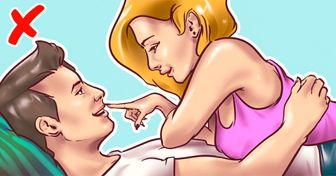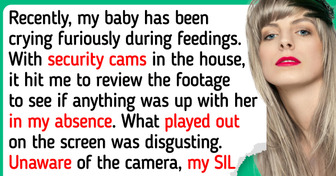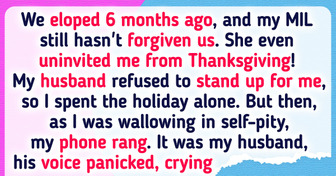Test: See If You’d Survive These 10 Dangerous Situations
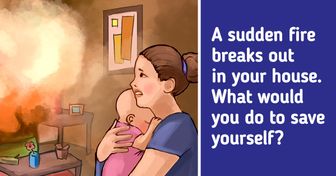
Do you know what to do if you get stuck in a rip current? What if someone near you starts choking? We can’t know when such skills will be useful but we are 100% sure that every person should have them.
Here’s a list of useful recommendations that might save someone’s life. At the end of the article, there is a bonus that will tell you about an interesting new theory on how to stay safe during an earthquake.
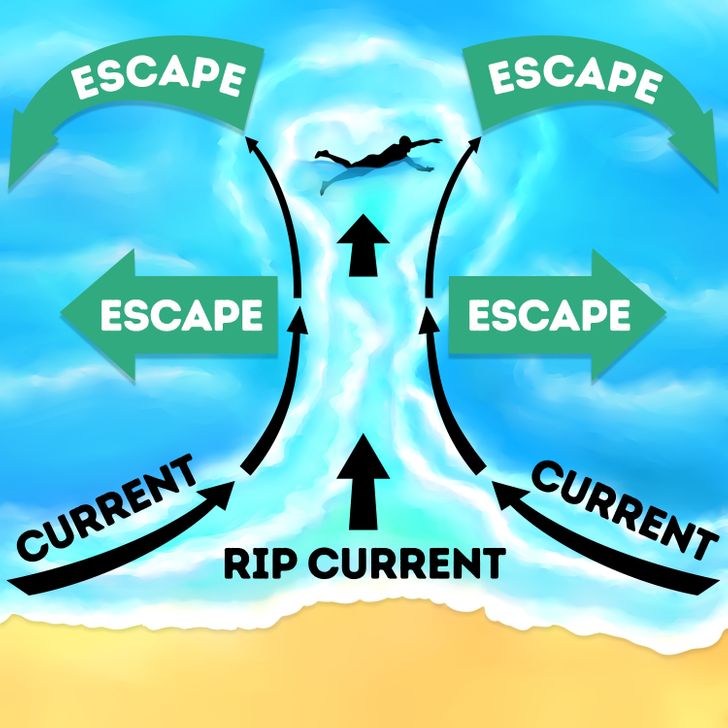
Rip currents are strong flows of water moving away from the shore that can take even the most skillful swimmers out to sea. That’s why it’s important to know the techniques of how to get out of it:
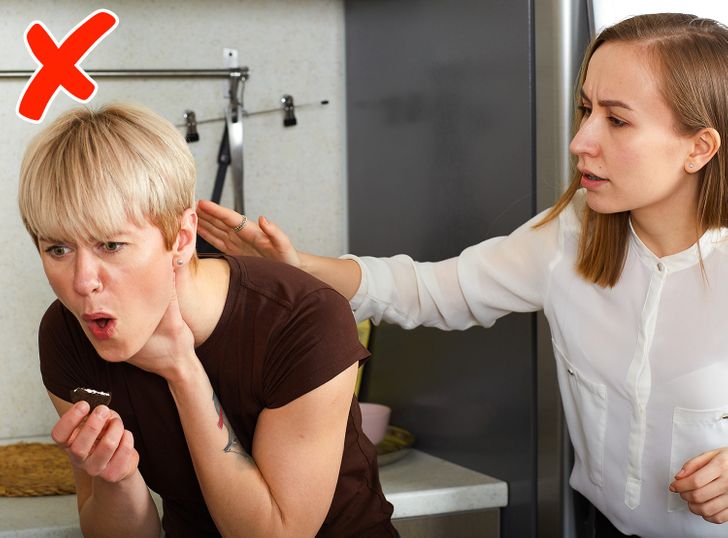
We are used to tapping on the back of someone who is choking. However, there is another method that is considered more effective and safe — the Heimlich maneuver.
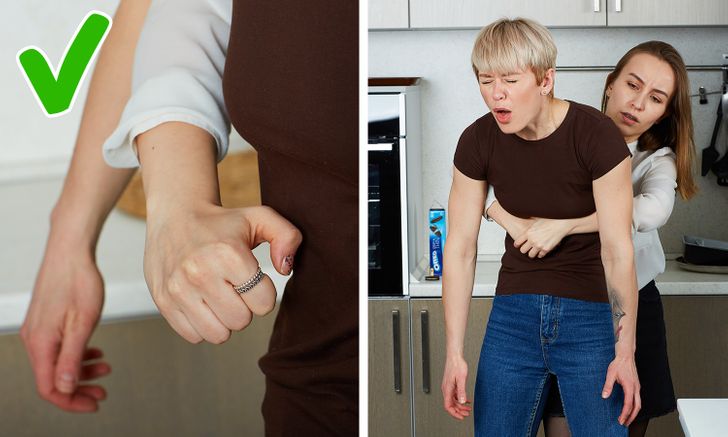
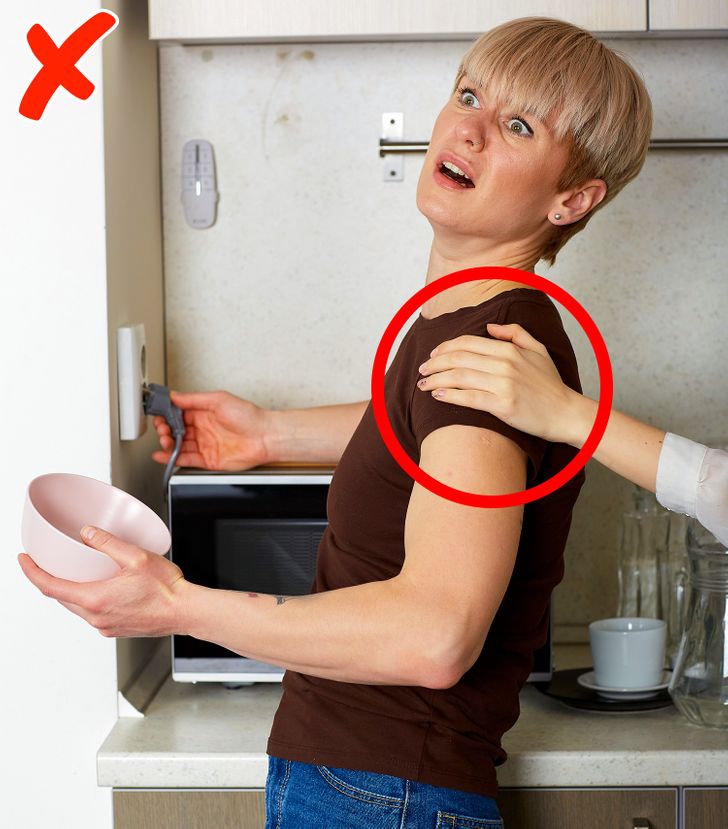
If a person near you is being electrocuted, don’t try to pull them away from the source of electricity with your bare hands. It is a danger to your own life.
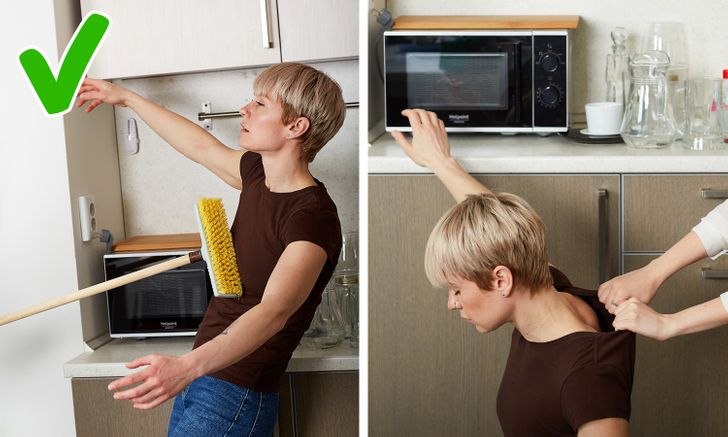
Act quickly:
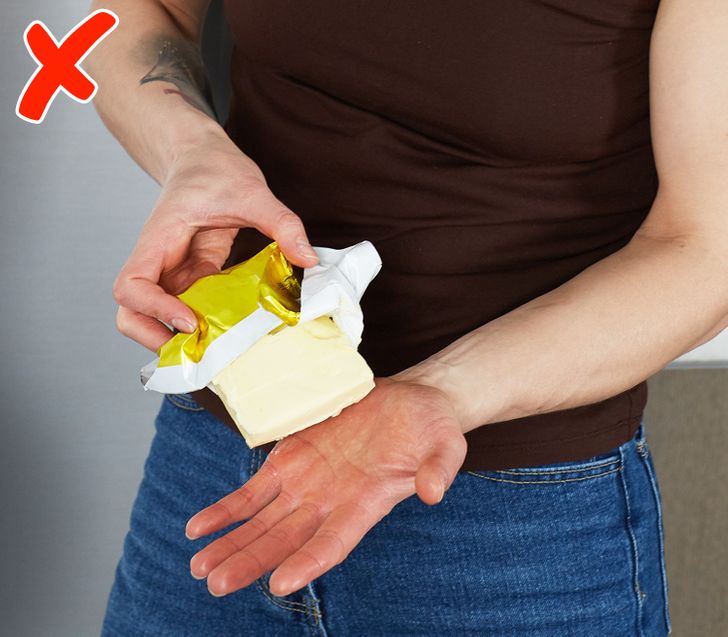
Many people are sure that the first thing they need to do if they get burned is to apply cream or even butter to the damaged area. Doctors highly insist on not using such a method because the wound may get infected.
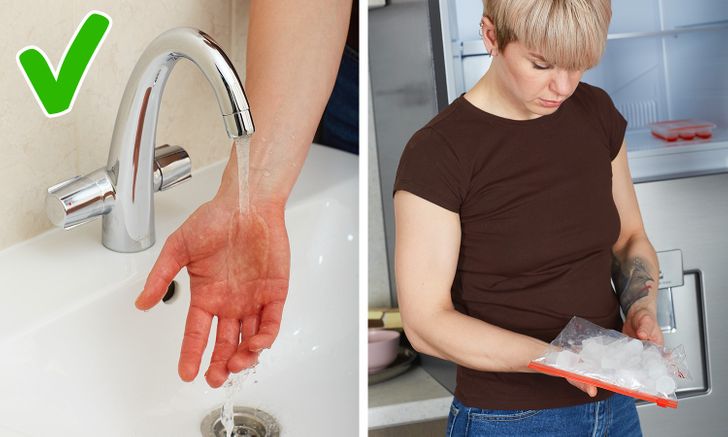
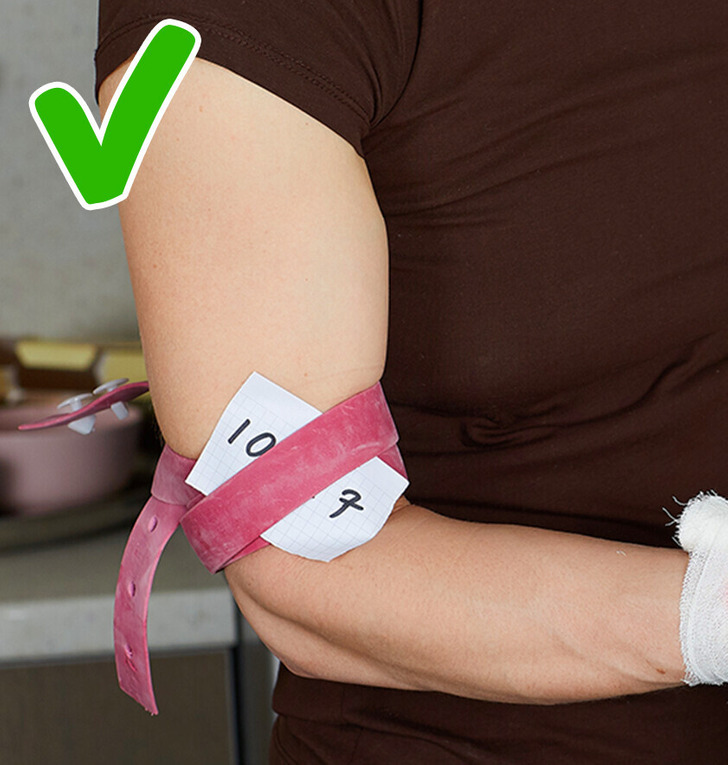
When an artery is damaged, the blood will be a scarlet color and flow out in pulsating streams.
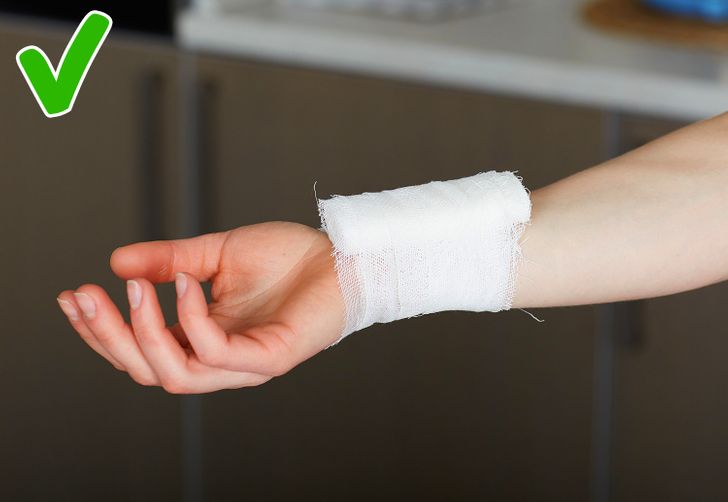
In the case of venous bleeding, the blood will be a dark red color. It’s thick and flows out without pulsation.
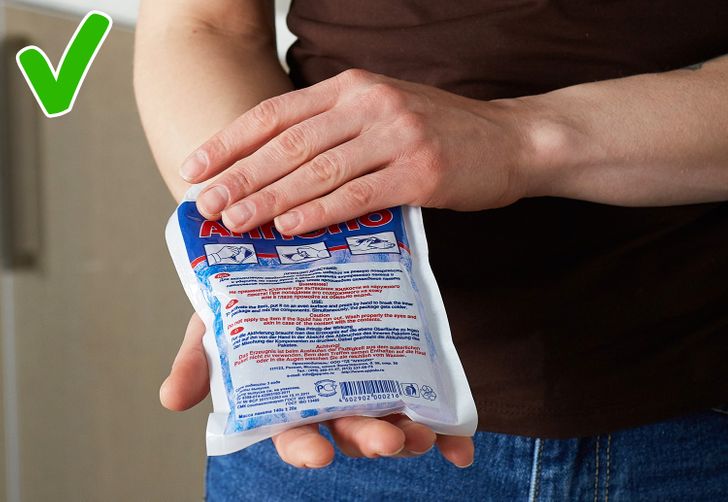
With bruises, it’s enough to cool the affected area. For example, keep an ice pack on the bruise for 15-20 minutes.
If the affected area starts to swell, you can wrap it with an elastic bandage. In this case, you should go to the emergency room.

If you suspect a concussion, the procedure should be the following:
Don’t try to constantly make the sick person feel more comfortable by supplying more cushions. He should stay as motionless and as relaxed as possible.
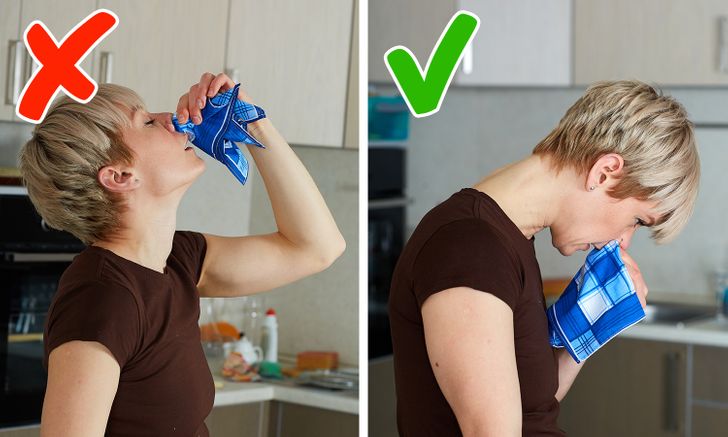
It’s not recommended to throw back your head during a nosebleed. To stop the bleeding, you should keep the bleeding nostril pinched for 10-15 minutes.
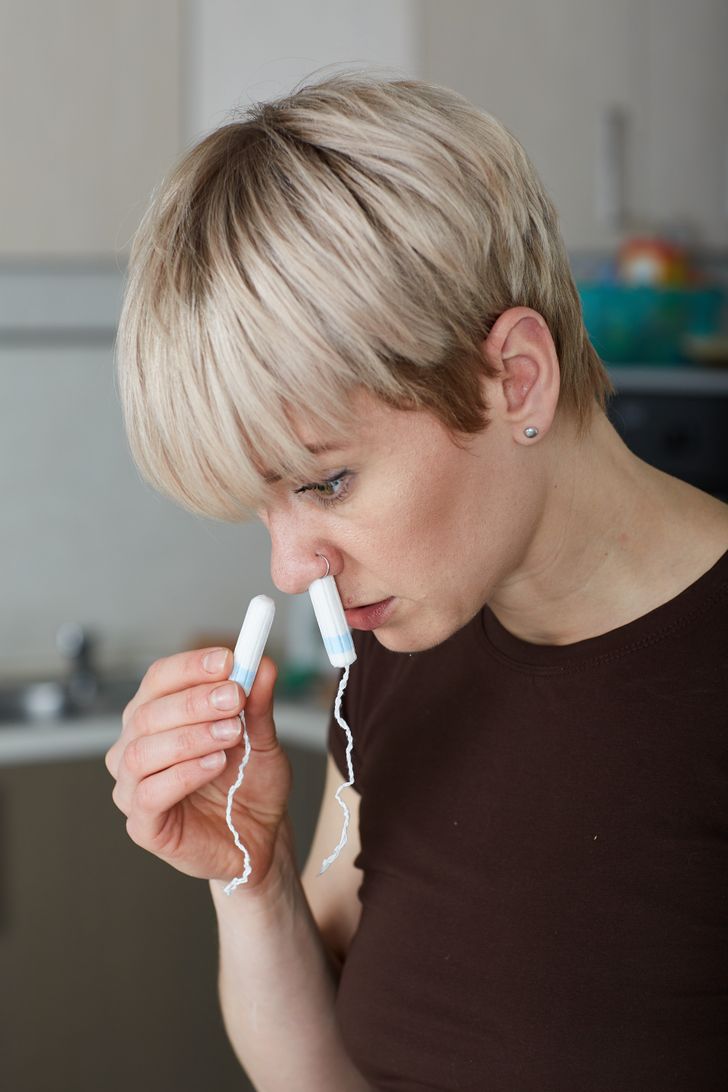
It’s necessary to outline that many of us are used to blocking the bleeding nostril with cotton. This method works, but you still shouldn’t throw your head back.
If the bleeding lasts for over half an hour, seek medical help.
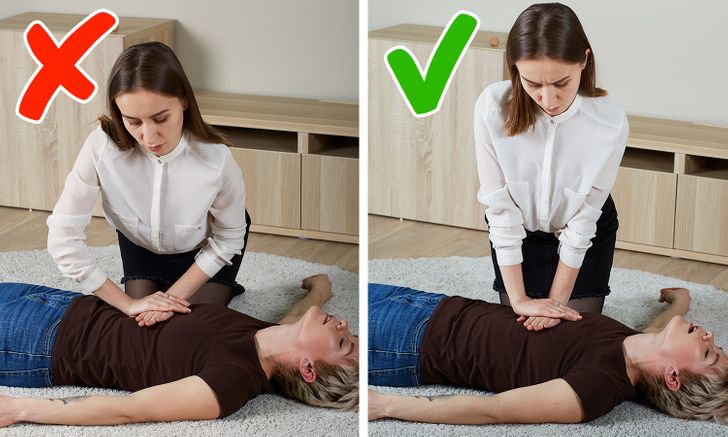
It is necessary to perform an indirect heart massage if the affected person is not showing signs of a pulse. First of all, you need to call an ambulance and keep performing an indirect heart massage until the paramedics arrive. Even if there is still no pulse, an indirect heart massage with artificial respiration helps to supply the human body with the oxygen it needs.
It’s necessary to perform artificial respiration together with an indirect heart massage. During this procedure, the affected person’s nose should be pinched and air should be blown into their mouth.
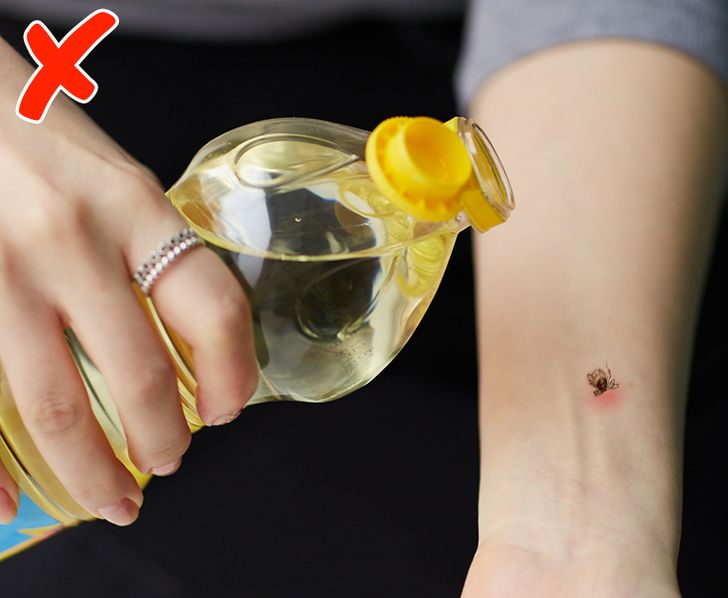
If you discover a tick bite on your skin, don’t pour oil on it. By doing so, you can make the insect choke, which means you won’t be able to test whether or not it was infected.
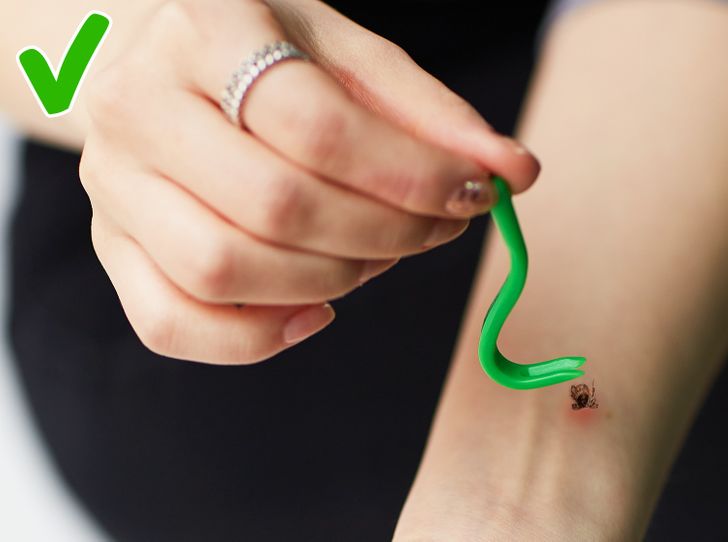
You should take out the tick with special tweezers.
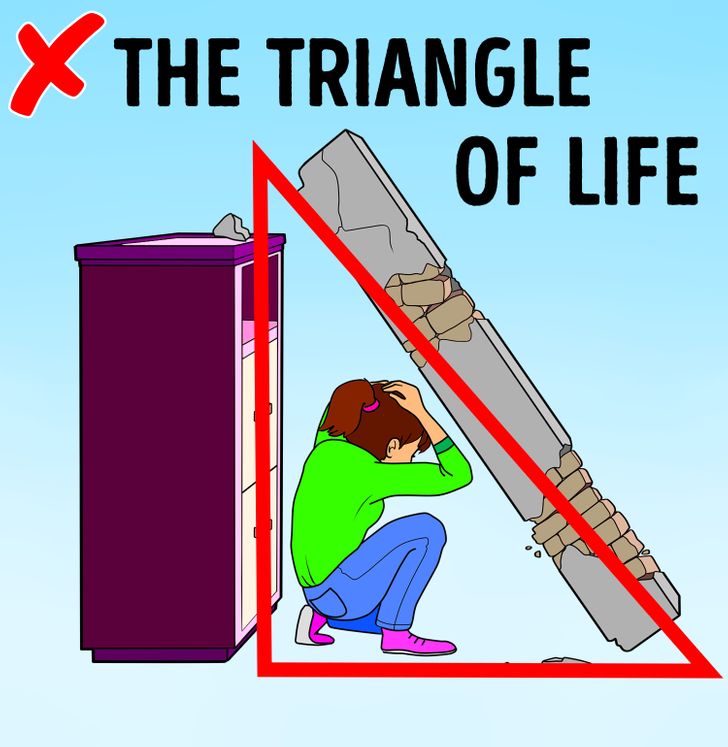
The “Triangle of Life” is a theory originated by Doug Copp. It suggests the best place to hide during an earthquake. According to Copp, a void is usually formed next to furniture items, and if a person sits in or curls up in this area, they can be protected against falling walls. The name “The Triangle of Life” comes from the triangular shape of the area.
However, this theory has been criticized by the American Red Cross and other agencies explaining that it’s difficult to foresee where those triangles will be formed. Moreover, according to statistics, deaths and injuries during earthquakes most often happen due to falling and moving objects rather than falling structures, thus making lying near big objects dangerous.
How are your first aid skills? Is there anything that we forgot to mention? Share your knowledge with us and write your experiences in the comments below!


